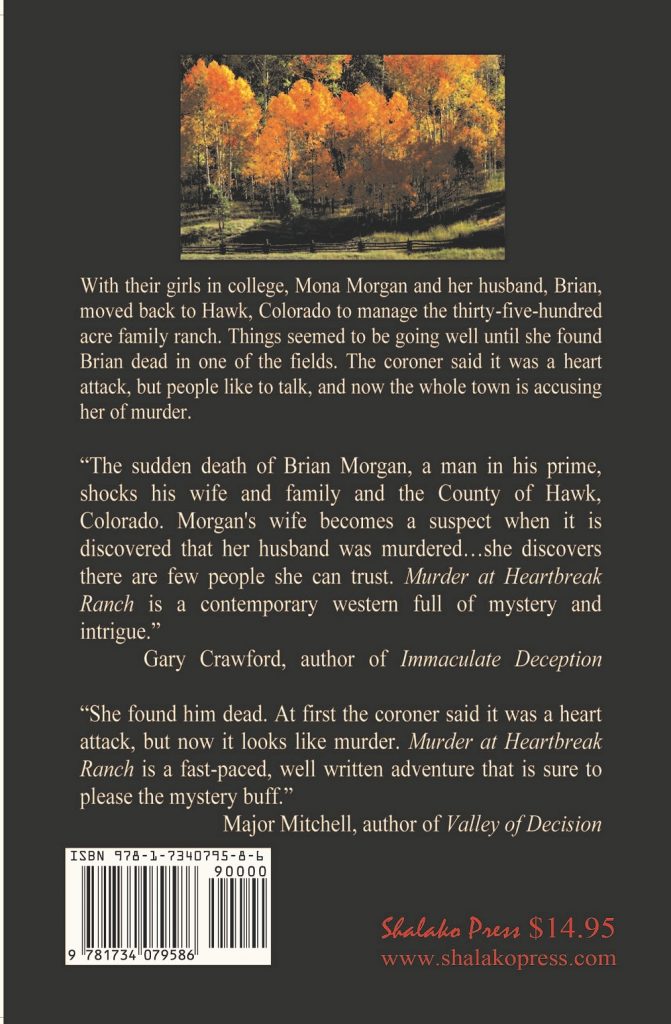By S.M. Arthur

Next book coming 2026: The Lost Tourist in Egypt, publisher Level Best Books
My first published novel! Available on Amazon


Authors Note:
This novel is based on a true story of the way uranium tailings and nuclear was disposed of in the seventies.
The Manhattan Project. Operation Plowshare. These were code words for U.S. government sponsored programs to harness the energy embedded in the shale that exists in the United States in mostly western states.
The history of nuclear testing began early on the morning of 16 July 1945 at a desert test site in Alamogordo, New Mexico when the United States exploded its first atomic bomb.
Colorado became involved between 1942 and 1945 when the state’s uranium ore supply was required by the “Manhattan Project.”
By 1946, almost three million pounds of uranium oxide were taken from areas in western Colorado (and caused booming growth for some of the smaller Colorado towns.) While first used for the creation of possible nuclear weapons (The Manhattan Project, for example), it later evolved into attempting to use nuclear energy to loosen oil from oil shale. This has evolved into today’s “Fracking.”
Nuclear waste is classified into several categories; high-level waste from spent nuclear reactor fuel and liquid and soled waste from plutonium production, waste from contaminated tools and clothing, low-level hazardous waste from medical and other consumer uses, and uranium mill tailings. The mill tailings are left over from extracting uranium from ore.[1]
The actual nuclear testing that forms the basis for part of this story happened in Western Colorado in 1969 as part of a 3-part nuclear “test” program sponsored by the Atomic Energy Commission. This program was called Project Plowshare. This project led to a The forty-kiloton Rulison test was detonated 6 miles west of Grand Valley, Colorado (near this book’s fictional Hawk County), on September 10, 1969. Its purpose was to release natural gas reserves locked tightly in the sandstone and shale Mesa Verde formation. The estimated cost for the Rulison project was 6.5 million dollars, funded primarily by a Texas oil company. Four such tests were carried out. The second nuclear stimulation project, Rulison, faced opposition in Colorado. Environmental groups filed suits opposing the project. In the Project Rulison test, a single nuclear device of forty kilotons was detonated Sept. 10, 1969, near the town of Rifle, Colorado. Engineers detonated two smaller thirty kiloton bombs in different areas, although these bombs received much less publicity.[2]
In 1971, around 5000 homeowners in Grand Junction, Colorado, were notified that their houses might be built on uranium tailings, which was given away as “fill-dirt.”3
[1] National Geographic, July 2002. Page 14.
[2] High Country News, He Felt The Earth Move, Chester Mcqueary, December 12, 1994
